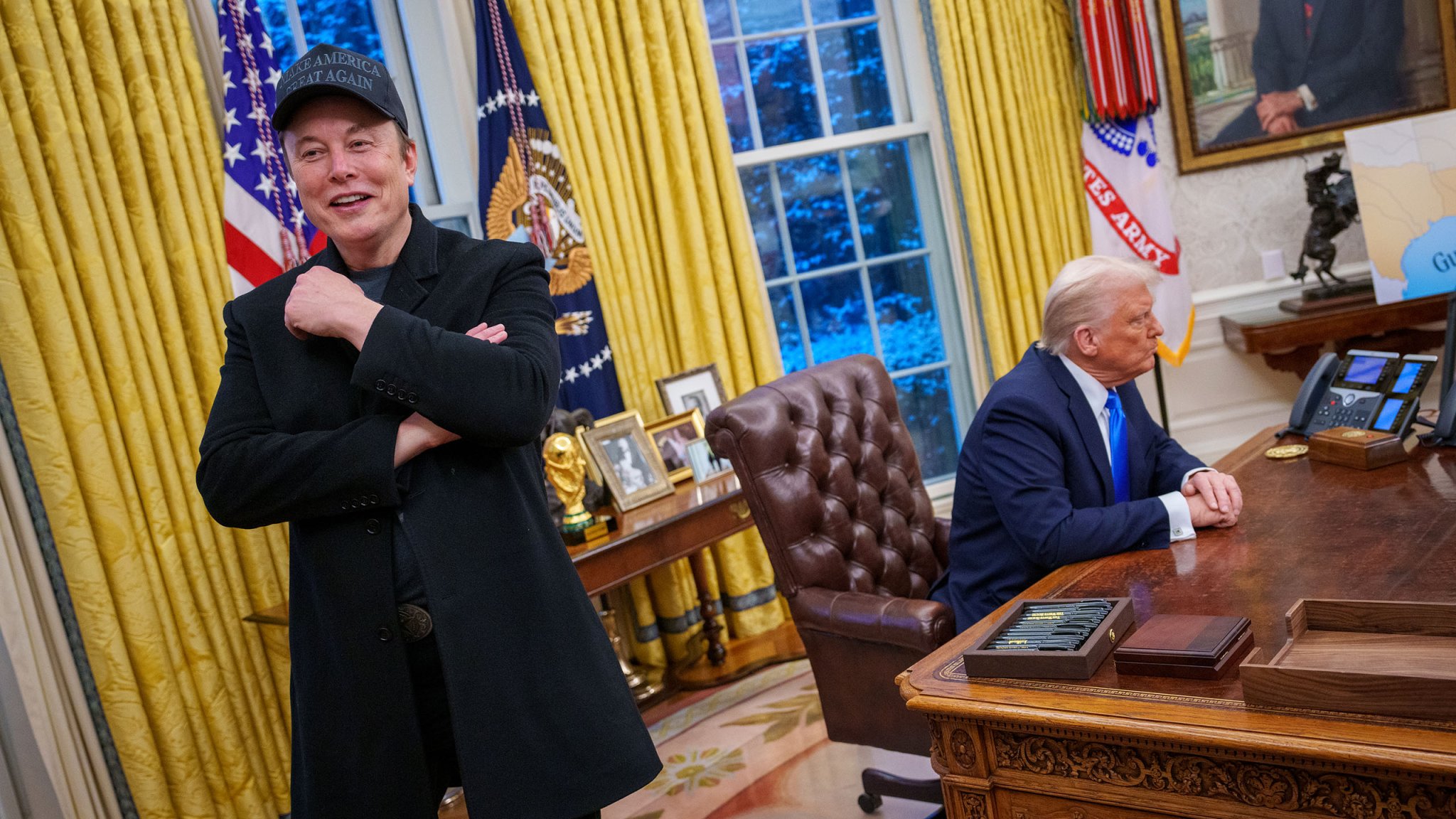

A 2025 Procurement Forecast posted to the U.S. State Department’s website indicates that the agency wants to buy a fleet of armored production Tesla vehicles, totaling an estimated $400 million. The budget did not include any details about the proposed number of vehicles or how they might be further augmented for State Department service. According to the department’s website, the 2025 forecast was updated in December, during the presidential transition.
We found the line item in a copy of the forecast uploaded by the Office of Small and Disadvantaged Business Utilization—aka the Department of Big Bailout. Don’t believe us? Read their own mission statement:
“Public Law 100-656, the Business Opportunity Development Reform Act of 1988, amended the Small Business Act to place new emphasis on acquisition planning. The law requires agencies to compile and make available projections of contracting opportunities small and small disadvantaged firms may be able to perform.”
But wait, there’s more.
“In response to this requirement, the Department of State Forecast of Contract Opportunities includes projections of anticipated contract above the simplified acquisition threshold that small businesses, small disadvantaged businesses, women-owned small businesses, HUBZone small businesses, and service-disabled veteran-owned small businesses may be able to perform under direct contracts with the Government, or through subcontracting opportunities. This Department-wide forecast of contract opportunities expands upon individual efforts already implemented at Department of State aimed at enhancing competition in contracting. The forecast consolidates anticipated procurements at various State Department acquisition activities.”
Hmm, sounds like DEI to me. But anyway, whether or not Tesla is ultimately considered a “small” or “disadvantaged” firm, one thing is clear: it definitely needs help moving Cybertrucks. Presumably, the government won’t be throwing money at frivolities like Full Self-Driving, sparing it from concerns about Tesla’s software eccentricities. Still, we have concerns about the State Department’s choice of armored vehicles here. Will Tesla itself be doing the armoring? To be clear, we’re talking about that Tesla. Yep, also that Tesla. And that one. Heck, let’s just do a video:

According to The New York Times, however, the State Department may be contracting with aftermarket up-fitter Armormax to handle the job, as happens with many manufacturers that supply the government with armored vehicles.
In fact, the forecast also included entries for armored vehicles provided by BMW (X5/X7) and two others by nameless manufacturers simply labeled “SEDAN” and “NOT SEDAN.” The projected budgets for both were significantly smaller ($50 million for the BMW SUVs; $40 million each for the two mystery meats).
At this rate, the Trump administration could expand the U.S. government’s electric fleet significantly more than voters likely expected. Just two months ago, President Trump’s transition team suggested that it would seek to overturn the 2023 spending package that earmarked funds for the adoption of EVs in the U.S. Postal Service fleet, along with cutting other programs that encourage the uptake of electric cars.
So far, however, the admin seems to be going the other way. Just days after the transition team’s announcement, U.S. Postmaster General Louis DeJoy said that the Postal Service would continue to pursue its mandate to electrify. Absent new spending instructions from Congress, its hands are tied, DeJoy said. That transition is expected to cost taxpayers $9.6 billion.
The file below is a copy of the forecast as retrieved at ~4:45 a.m. Eastern on February 13, 2025 from this state.gov link.
Got tips? Send ’em to tips@thedrive.com